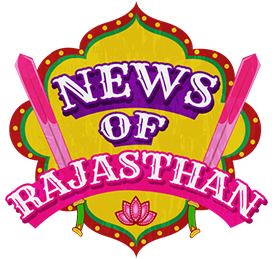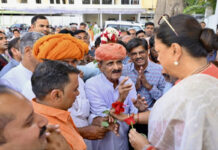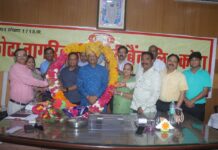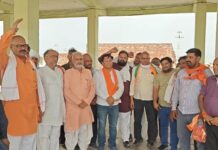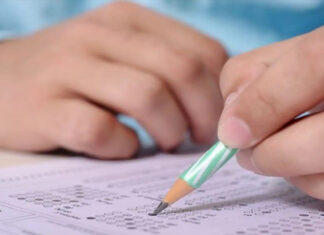
Late President Dr. A P J Abdul Kalam had manifested his desires to make a visit to Khetolai village when he has appeared for Pokhran nuclear tests.
Usually, a huge account of tourist buses is seen lining up in front of Khetolai which have a very less stopping time from 2-4 minutes. They halt for “freezing a moment with the Sinking Ship of Desert”.
Rajasthan is facing a massive decline of camel population and this is the time of red flag for this captivating state animal.
The chief cause behind this catastrophe is nothing is a suspect of unintentional exploitation of these wonder animals. Camels are representative symbols of the Rajasthan state and are ironically vanishing from the dried air of Rajasthan.
If we talk about camel owners, Shiv Karan from Khetolai had 200 camels but now left with 50 of these giant and tranquil souls. Their basic ideology revolves around the notion that, “they cannot sell their camels”. They are officially called the camel breeders.
Hukum Singh carved it like, “We were told that if our cow (camel) breeds, we would get money in lieu of that but didn’t get anything till date. Further, we have been prohibited from even using these for any commercial reasons as well”.
Usually, they sit near the passages and hope for some tip money in the form of some cash or kind.
Hukum Singh also added that, they have even been give threatening if the animal succumbs to some injury.
He says, “We could not provide fodder to our camels since we couldn’t earn any money by selling these in ‘melas’ either in Rajasthan or outside. Earlier, each camel used to fetch about Rs 30,000-Rs 40,000. While the government says it is for protecting the dwindling population of camels, the new rules fail in their very purpose with camel breeders shying away from their ancestral occupation of breeding and rearing camels for agricultural, transport and dairy purposes”.
The Animal Husbandry department of Rajasthan have a different version of this deadly scenario. However, they admit the fact that camel population has declined by the rate of 25% according to the Census of 2012.
